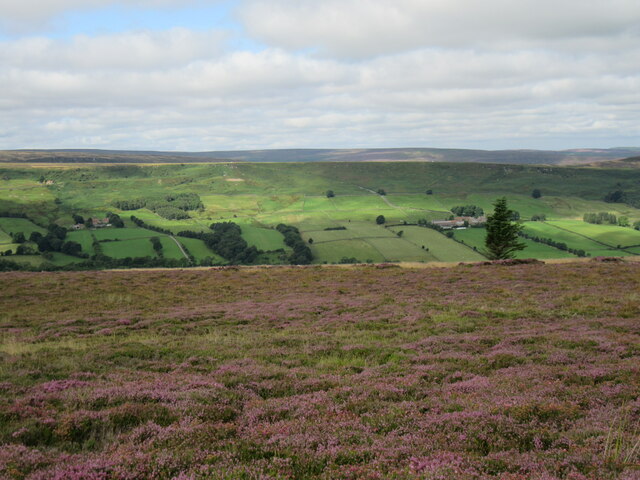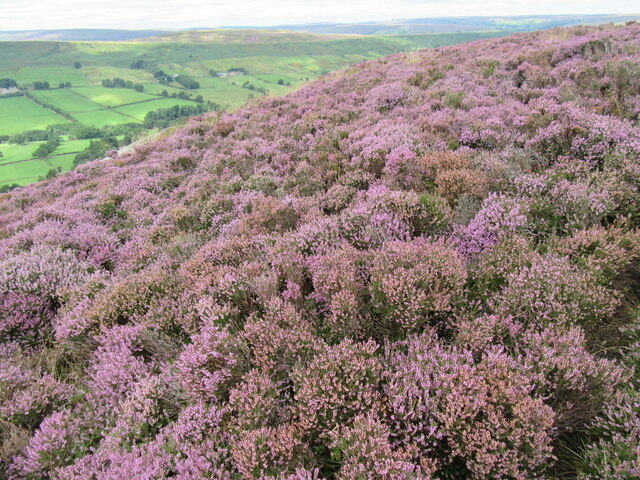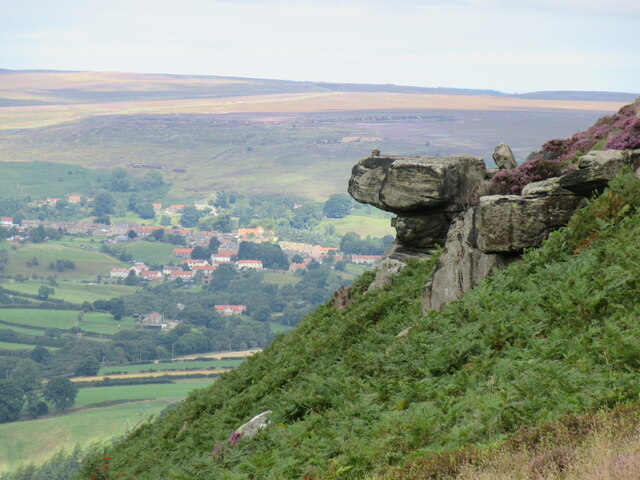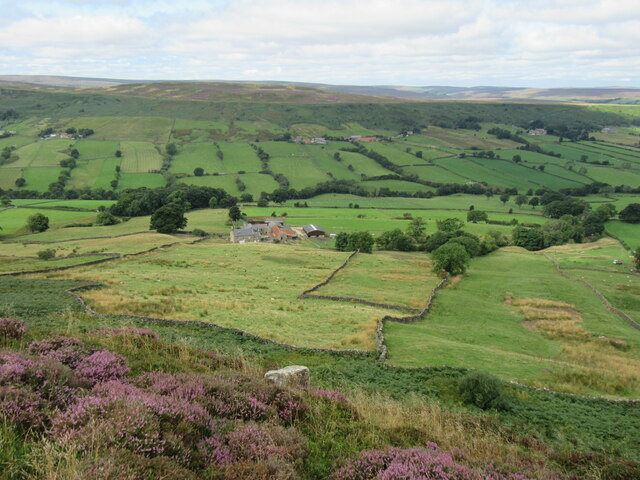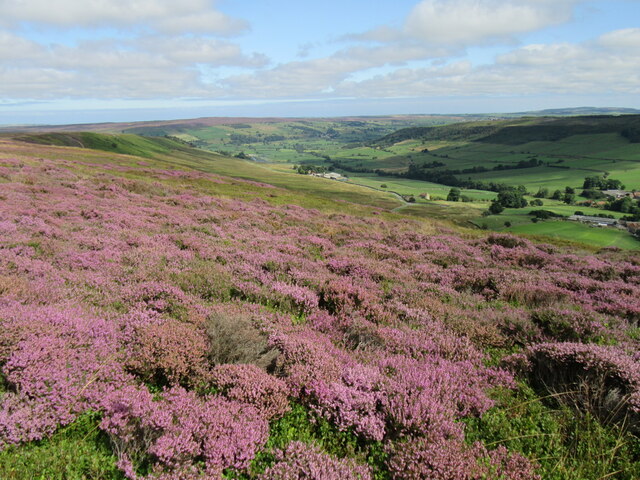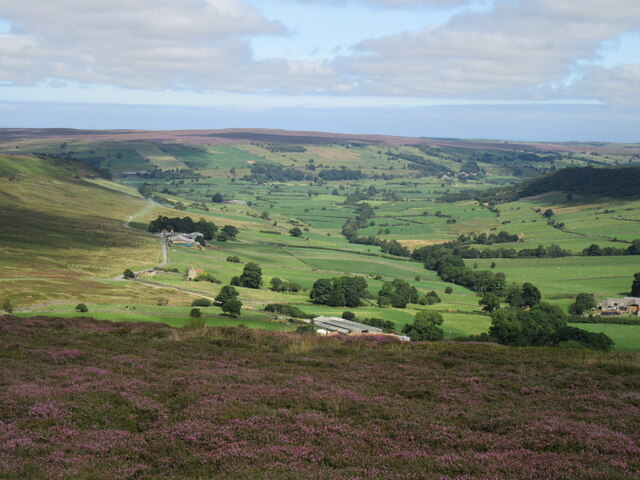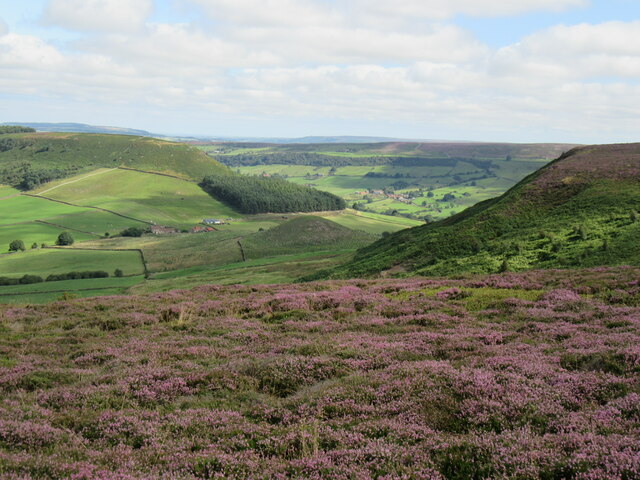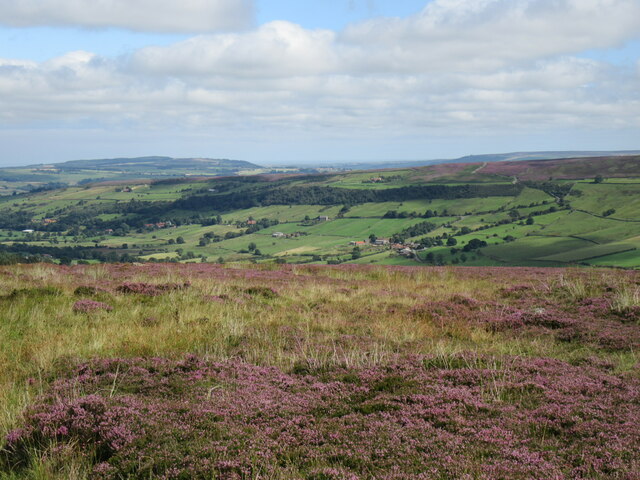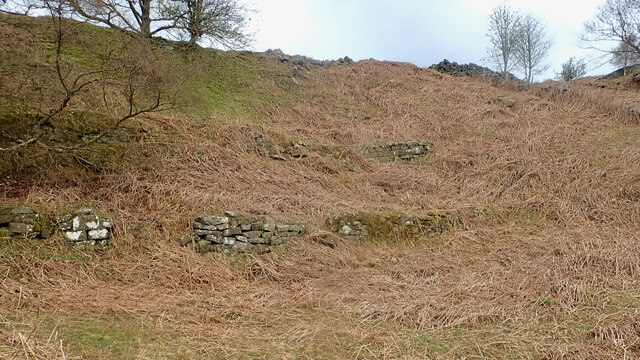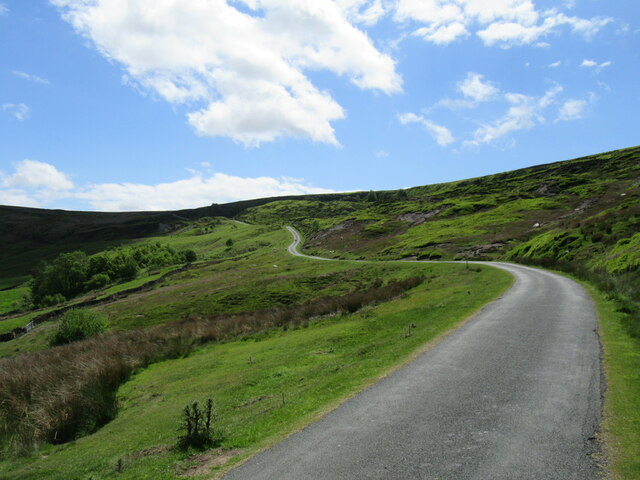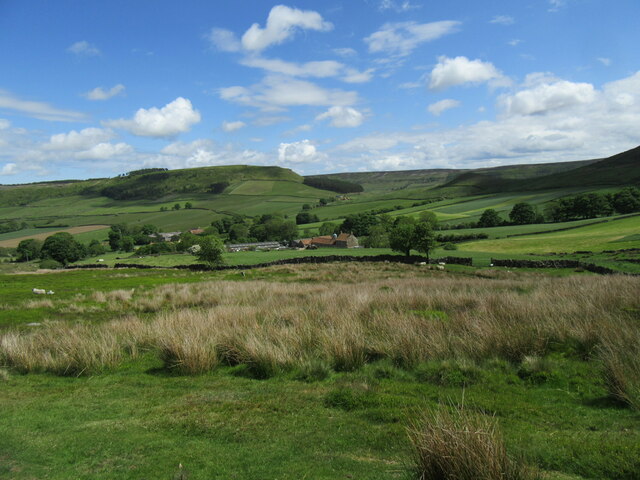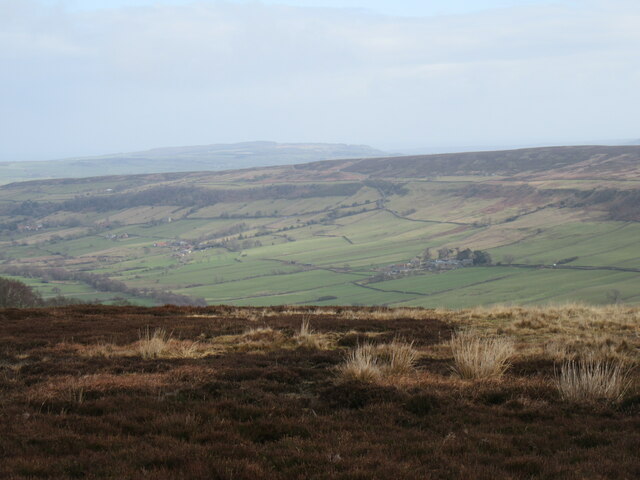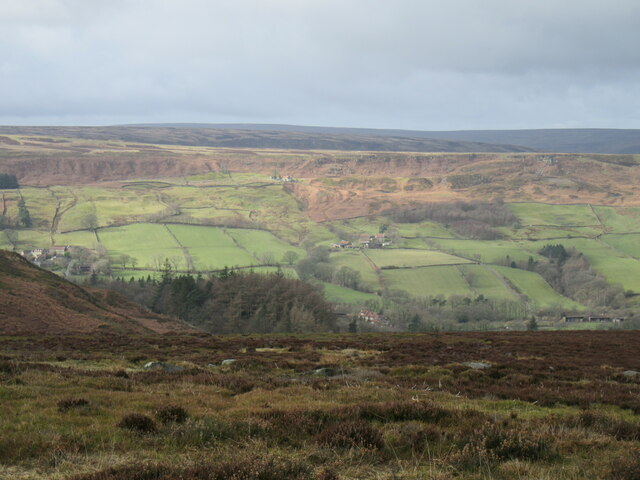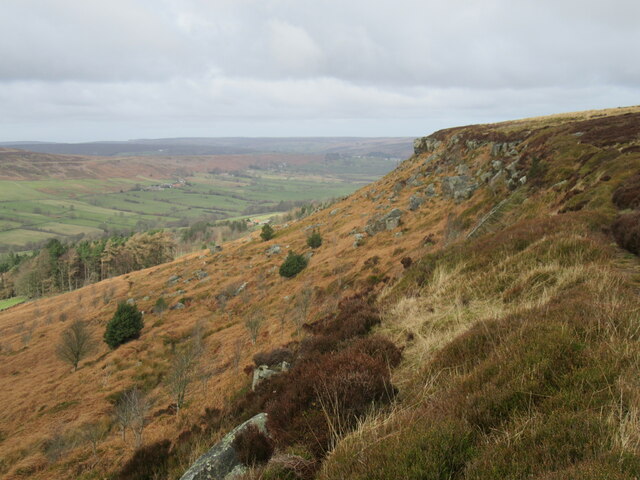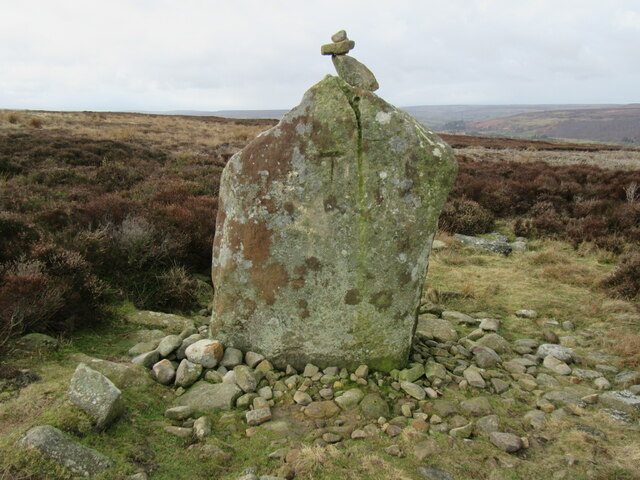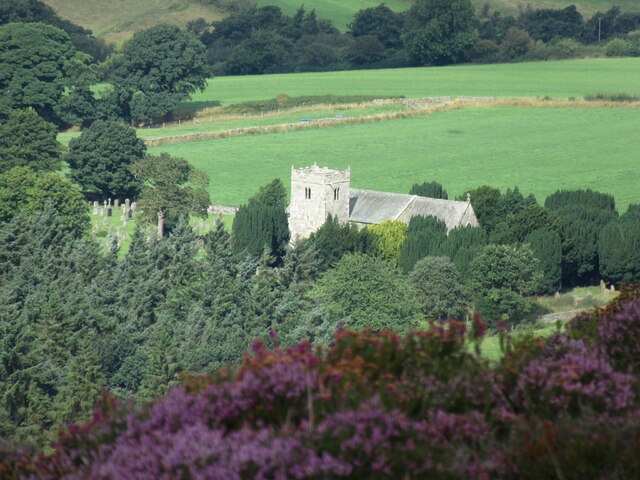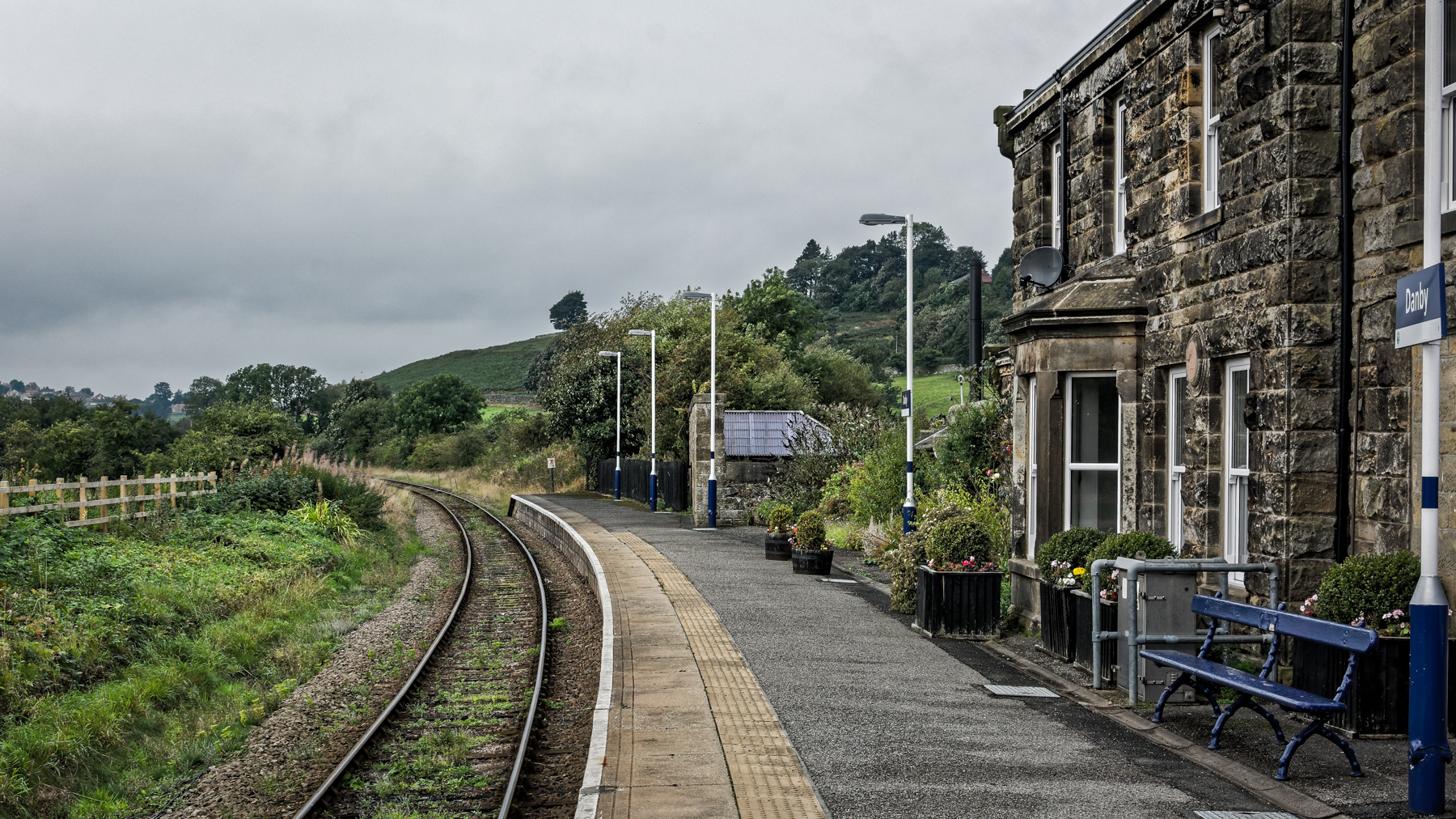Pind Howes
Heritage Site in Yorkshire
England
Pind Howes
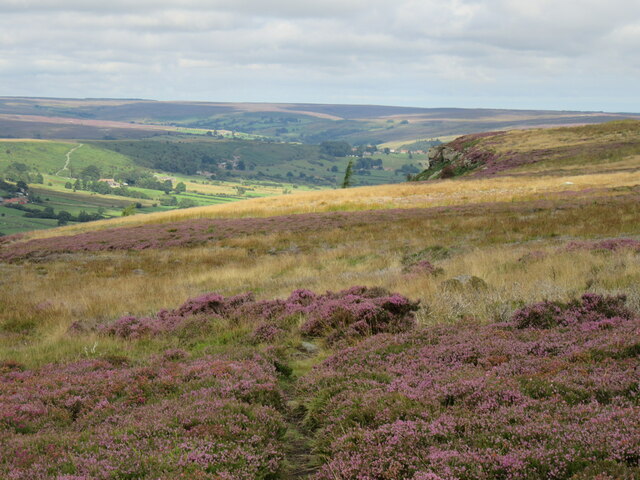
Pind Howes is a significant heritage site located in Yorkshire, England. Situated near the village of Thixendale in the Yorkshire Wolds, Pind Howes is an ancient barrow, also known as a burial mound, dating back to the Neolithic period. The site is believed to have been constructed around 3600 to 3000 BC, making it over 5,000 years old.
The barrow at Pind Howes has a circular shape and measures approximately 30 meters in diameter. It is composed of a large earthen mound, with a central burial chamber made of stone. The chamber itself is accessed through a narrow entrance passage. The structure was likely used for communal burials, as several skeletons and cremation deposits have been discovered within.
Pind Howes is of great archaeological importance, providing insights into the burial practices and beliefs of the early inhabitants of the region. The site has been carefully excavated and studied, yielding a range of artifacts such as pottery, flint tools, and animal bones, which have helped researchers understand the lives of these ancient communities.
Today, Pind Howes is maintained and protected as a heritage site by the local authorities. It is open to the public, allowing visitors to explore the ancient monument and learn about its historical significance. The site offers a unique opportunity to experience the rich cultural heritage of the Yorkshire region and provides a glimpse into the lives of the people who once inhabited these lands thousands of years ago.
If you have any feedback on the listing, please let us know in the comments section below.
Pind Howes Images
Images are sourced within 2km of 54.432/-0.913 or Grid Reference NZ7004. Thanks to Geograph Open Source API. All images are credited.
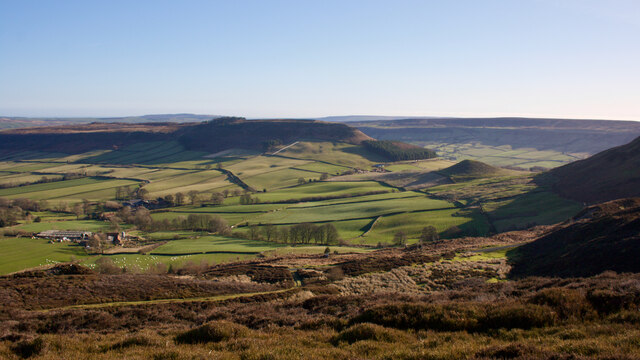
Pind Howes is located at Grid Ref: NZ7004 (Lat: 54.432, Lng: -0.913)
Division: North Riding
What 3 Words
///race.denim.clocked. Near Danby, North Yorkshire
Nearby Locations
Related Wikis
Botton, North Yorkshire
Botton is a small village within the North York Moors National Park in North Yorkshire, England which is mainly a Camphill Community for people with learning...
Fryup
Fryup (grid reference NZ720046) is a hamlet in the North York Moors National Park in North Yorkshire, England. It is within the civil parish of Danby,...
Ainthorpe
Ainthorpe is a village in the civil parish of Danby and the Scarborough district of the county of North Yorkshire, England. It is situated within the...
Danby railway station
Danby is a railway station on the Esk Valley Line, which runs between Middlesbrough and Whitby via Nunthorpe. The station, situated 15 miles 9 chains...
Have you been to Pind Howes?
Leave your review of Pind Howes below (or comments, questions and feedback).
